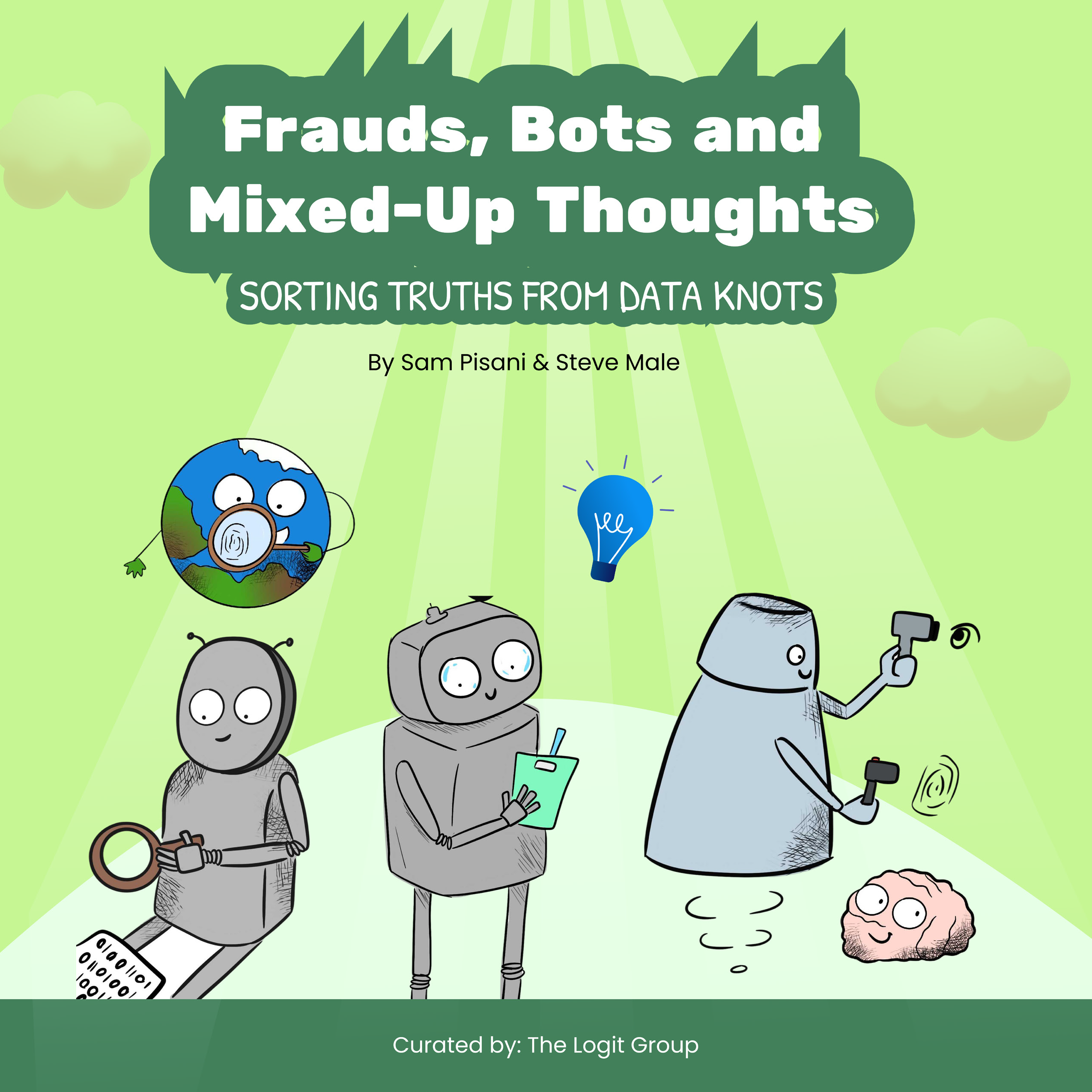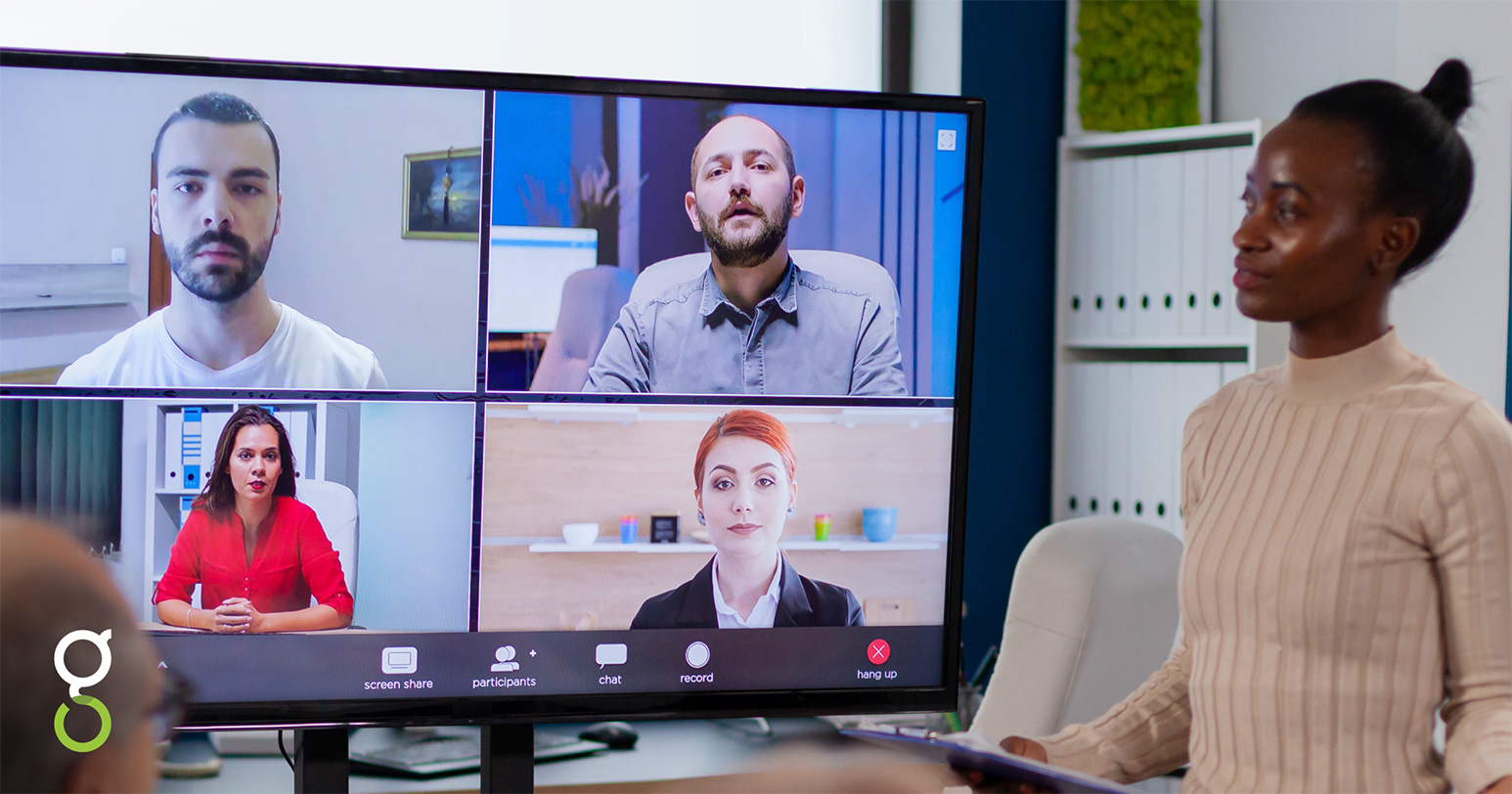Read time: 7 mins
Most online focus groups fail because researchers treat them like in-person sessions with cameras. The assumption that virtual research is just "the same thing, but online" leads to shallow insights, disengaged participants, and data that doesn't drive confident business decisions.
The difference between successful online focus groups and disappointing ones comes down to recognizing that virtual research demands its own methodology. Effective online sessions require specific techniques for participant preparation, strategic approaches to managing live discussions, and analysis methods that capture insights unique to the virtual environment.
Here's a proven framework that transforms basic video calls into research sessions that consistently deliver actionable insights. We've broken this into three critical phases—before, during, and after—with specific techniques you can implement immediately.
Before
Strategic Pre-Session Preparation
Success in online focus groups starts long before participants log in. Unlike in-person sessions, where the commute and facility waiting room naturally transition people into "research mode," virtual participants click straight from their email into your session, starting completely cold. Starting things off right includes creating meaningful pre-tasks. In fact, the most effective preparation gets participants thinking about your topic 24-48 hours before the session. This isn't busy work—it's strategic priming that ensures participants show up mentally engaged rather than accessing thoughts for the first time on camera.
Specific techniques:
- Observation exercises: Ask participants to notice how they interact with your product category throughout their day
- Reflection prompts: Have them think about a specific experience related to your research topic
- Simple documentation: Request photos or brief notes about relevant moments in their routine

Cynthia Harris
Founder, Managing Director and Lead Moderator, 8:28 Insights
"At 8:28 Insights, we believe engagement doesn't start when the session begins—it starts beforehand. We spend time creating a well-crafted pre-task (such as a simple reflection exercise) which primes participants to think deeply and show up ready to contribute meaningfully."
Design for Virtual Engagement
Your discussion guide needs fundamental restructuring for the online environment. Questions that work perfectly in person often fall flat on screen because virtual participants process information differently.
Start with broader questions to get engagement going before you try to get an exact read on the room. This helps ease participants in and lowers the barrier to responding.
As things move along, you can build in interaction points that give you a better assessment of the group's energy. These could include short chat responses, taking respondents’ “temperature” on a subject, or other quick polls.
Once this interaction gets going, you can shift into larger topics or more complex questions. This approach is based on an understanding that questions need to be in the right order to build engagement and momentum of interaction.

Jay Thordarson
Vice President, Research Services, The Logit Group
"Great online focus groups are built way before anyone logs in. You can't take your in-person discussion guide and hope it works virtually. The whole research design needs to account for how people actually engage through a screen. How you structure your guide and build momentum with how you ramp up questions must be intentional for the online environment."
Technical and Environmental Setup
While technology is a part of our everyday lives, not everyone has the same comfort level. Too many researchers make the mistake of assuming that because a participant signed up for an online focus group they are comfortable with technology. Respondents need to be given guidance about what will be expected of them in terms of technology use. You may want to provide a trial run, or a small video with a tutorial about how to get online, how to make sure video and mute buttons are easily located and that they are familiar with any tools such as the chat feature or any specialty polling technology you will use.
Even if they get the technology right, setting clear expectations about their environment is key to success. Even a little communication can go a long way to helping a participant choose the right environment where they will be most comfortable and have the best chance at success. If you need a private area with no other people present, be sure that is communicated early in the process. Beyond actual requirements, communicate that respondents should get comfortable and relaxed. This help can calm respondents’ nerves and set the session up for authentic participation rather than a perfect presentation.
During
Leverage the Virtual Environment
The live session is where methodology makes or breaks your research. Instead of fighting against the virtual environment, successful moderators use it as a tool for deeper insights. A common mistake moderators make is creating an environment where respondents feel the need to apologize for the real-life context that virtual sessions naturally capture. There are numerous examples where seasoned professionals have gained the most authentic insights from turning “interruptions" into insights.

Chris Connolly
Vice President, Research Services, The Logit Group
"The best virtual sessions happen when you stop fighting what's happening around people and start using it. When someone's talking about breakfast habits and you can actually see their cluttered kitchen counter, or they're discussing work-life balance while juggling a kid asking for a snack, that's real context you'd never get in a sterile facility room."
"Instead of seeing the virtual setting as a limitation, use it as a tool. At 8:28 Insights, we often encourage virtual participants to share perspectives that wouldn't be possible in a facility-based group—whether it's showing something in their space (e.g. a family portrait or a pet) or responding in real-time to what's happening around them (e.g. a kid asking for a snack, an unexpected phone call from a friend)." - Cynthia Harris
Manage Virtual Group Dynamics
Online discussions require different facilitation techniques to maintain engagement and ensure all voices are heard. Great moderators know how to use multiple channels for communication, such as combining verbal discussions with chat responses and reactions.
With different personalities in the room, participants need different ways of expressing their opinions. You can go around “the room” to solicit feedback, but watch for participants who are engaged but not speaking up. Some people might be intimidated by a direct question, but giving them different ways to be involved in the conversation can bring out high-quality insights even from the most reserved in the bunch.
Body language is also a useful cue for gauging group dynamics. While it’s harder to view full body language through a screen, facial expressions are a key signal. They can help you adjust the rules of engagement—especially if one or two voices are dominating the conversation.
By alternating between discussion, individual reflection, non-verbal chat responses, or even polling answers, everyone can be included.
After
Quality Data as the Foundation
No amount of sophisticated analysis can overcome poor data collection. Virtual environments require extra attention to data integrity from recruitment through final insights.

Susan Fader
Founder, Fader Focus
"The bottom line of why you do research is that you want answers, insights, and guidance on business challenges. You need to ensure that the data you're analyzing is quality data, otherwise, no matter how robust your analysis is or how innovative your AI or other technological tools are, if you have faulty data, your analysis may lead you in the wrong direction."
Online focus groups generate more complex data than traditional sessions, requiring analysis methods that capture the full richness of virtual interactions. Because of this, attention needs to be made to analyze beyond just the transcript.
Traditional transcription often misses the nuanced data that makes virtual sessions valuable. Capturing multiple layers of information is important, and a few additional data sources to analyze include:
- Environmental context:
How participants' physical spaces influenced their responses - Real-time reactions:
What happened when they thought they were "off camera" - Chat and written responses:
Often more honest than verbal contributions - Digital body language:
Engagement patterns, pause moments, authentic reactions - Authentic interruptions:
How real-life moments revealed insights about actual behavior
Virtual research environments create unique vulnerabilities that require proactive quality measures throughout the process. This means that even after the interviews are done, reflection should be made on the quality of the participants and the data collected.
The team should complete a quality debrief and plan for proactive follow-up with any vendors involved to ensure quality is always improving with each study.

Katrina Noelle
President, KNow Research & Co-Founder of Scoot Insights
"Data quality has become a core focus of our work at KNow Research, particularly in qualitative research. While many associate data quality with quantitative analysis and spreadsheet cleaning, the challenges in qualitative research are unique – we work directly with humans in real time, which adds complexity to quality control."
Making Virtual Research Work
Effective online focus groups aren't about perfect technology or eliminating distractions—they're about embracing a process designed to get the most out of the focus group methodology in the virtual environment.
When you prepare participants strategically, leverage their authentic environments during sessions, and analyze the rich data that only virtual settings can provide, you'll discover insights impossible to capture in traditional facility rooms.
The key is recognizing that virtual research isn't a compromise—it's a different approach that can deliver exceptional results with proper planning and excellence in execution.

Download Frauds, Bots and Mixed-Up Thoughts
Did you know that Logit's Sam Pisani and Steve Male wrote a market research children's book? Download your free copy — a fun lesson in data quality for all ages!





